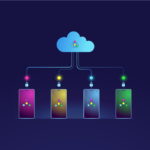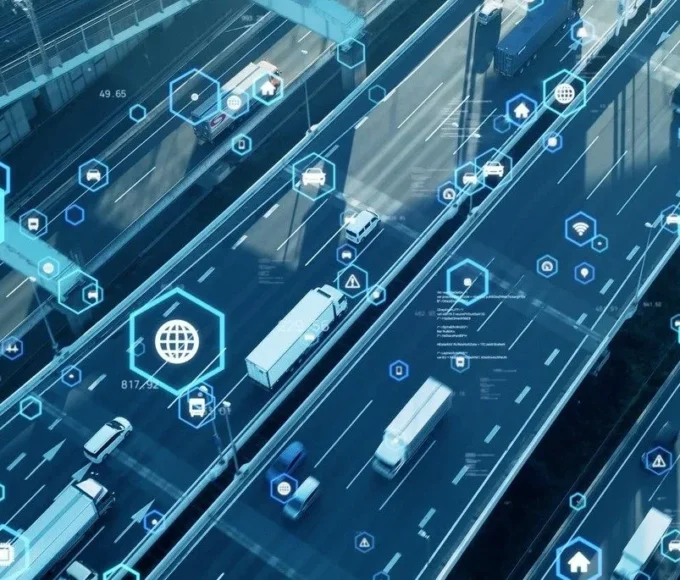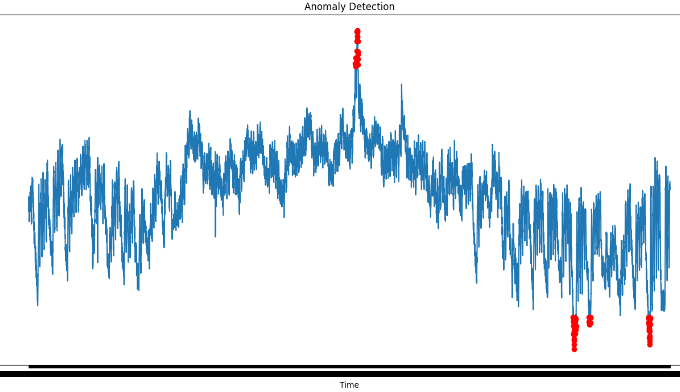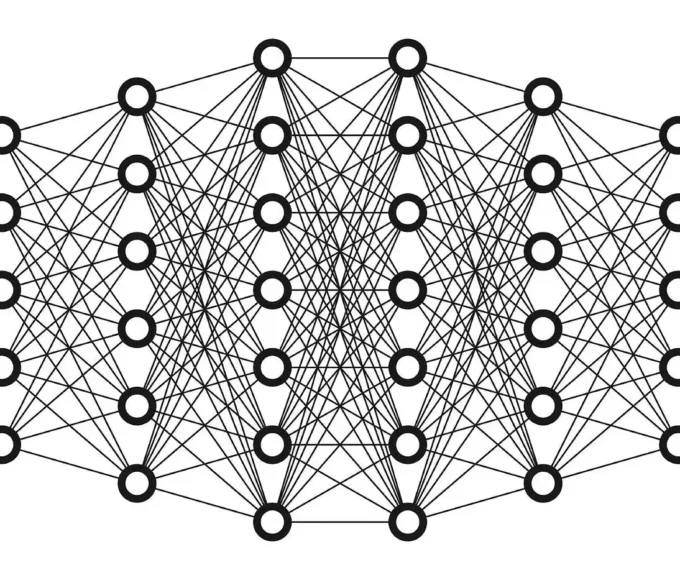Artificial neural networks have made incredible strides in recent years, revolutionizing various fields. But an exciting new development is capturing the attention of researchers and enthusiasts alike: Liquid Neural Networks (LNNs).
These networks take inspiration from the behavior of liquids, offering a fresh perspective on adaptability, learning, and real-time processing.
In this post, let’s dive into the world of LNNs, exploring their core principles, potential applications, and the impact they could have on the future of artificial intelligence.
Understanding Liquid Neural Networks:
MIT researchers announced in 2021 that they had built liquid neural networks inspired by the brains of small species: a class of flexible, robust machine learning models that learn on the job and can adapt to changing conditions, for real-world safety-critical tasks, like driving and flying.
Liquid Neural Networks are a fascinating breed of computational models that simulate the dynamic nature of fluid systems to process information. Instead of rigid architectures, LNNs mimic the fluidity and continuous adaptation capabilities found in liquids. This unique approach allows LNNs to overcome limitations associated with traditional neural networks, such as fixed structures, limited data adaptability, and slower learning rates.
How Do Liquid Neural Networks Work?
In a Liquid Neural Network, we recreate the behavior of fluids through interconnected processing units called neurons. These neurons act as the particles within the simulated liquid, interacting with each other dynamically. Just like in actual liquids, these interactions lead to complex flow dynamics. The state of each neuron continuously evolves based on the inputs it receives from neighboring neurons, creating a parallel processing environment where information is distributed across the network.
Advantages and Applications of Liquid Neural Networks:
Adaptability and Plasticity:
Liquid Neural Networks truly shine when it comes to adapting to changing environments and learning from streaming data. The dynamic environment they create allows the network to reshape its connections and adjust its behavior continuously. This adaptability makes LNNs perfect for applications where patterns evolve, such as detecting anomalies, predicting time series data, and building adaptive control systems.
Real-time Processing:
One of the most remarkable aspects of Liquid Neural Networks is their ability to process information in real time. Thanks to their parallel and distributed nature, LNNs are incredibly fast and efficient in their computations. This makes them ideal for applications that require immediate responses, like robotics, autonomous vehicles, and real-time decision-making systems.
Fault Tolerance:
Liquid Neural Networks possess a remarkable property known as fault tolerance. Like real liquids, these networks can still function effectively even if individual neurons or connections are compromised. The distributed nature of information processing within LNNs ensures resilience, making them suitable for critical applications where system failures could have dire consequences.
While Liquid Neural Networks show immense promise, there are still challenges to overcome before their widespread adoption. Researchers need to develop efficient learning algorithms, deepen their understanding of the dynamics of the liquid medium. This find ways to scale the networks for large-scale problems. Exploring hybrid approaches that combine the strengths of LNNs with traditional neural networks could unlock even more powerful and versatile AI systems.
Liquid Neural Networks represent an exciting new wave in artificial intelligence. This draws inspiration from the dynamic properties of fluids to enable adaptable, real-time, and fault-tolerant information processing. With their unique capabilities, LNNs hold great potential in domains where dynamic and evolving patterns need analysis, real-time decision-making is crucial, and fault tolerance is paramount.
As research in this field progresses, we can expect LNNs to drive thrilling advancements, pushing the boundaries of what AI can achieve and opening doors to exciting possibilities.
















Leave a comment